Shanghai GideLine Provide Reliable,Cost-effective Equipment and Solution for Meat Industry
By Doing We Learn, stick on practice is our calture, improve the meat quality is our mission.

Engineering Ability
GLi own more ten years Global product transfer, production research and development, project management experience, know exactly marketing requirement, we can fullfill your demand.

Guaranteed Quality
GLi suppling components to global leading meat and food company with more ten years, the quality have been tested and proofed, GLi is your worry free choice.

Cooperation
GLi straight on cooperation with many years, we have best partner in different area, therefore GLi own the intergation ablity to working as your supermarket.




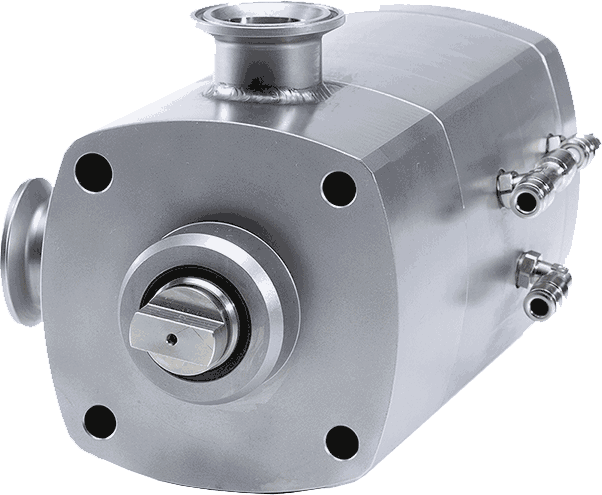








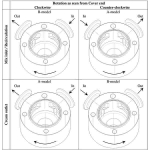


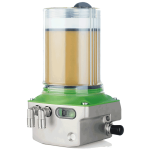

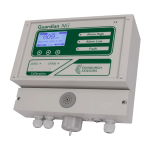

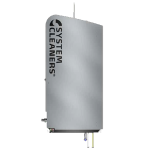
Recent Comments